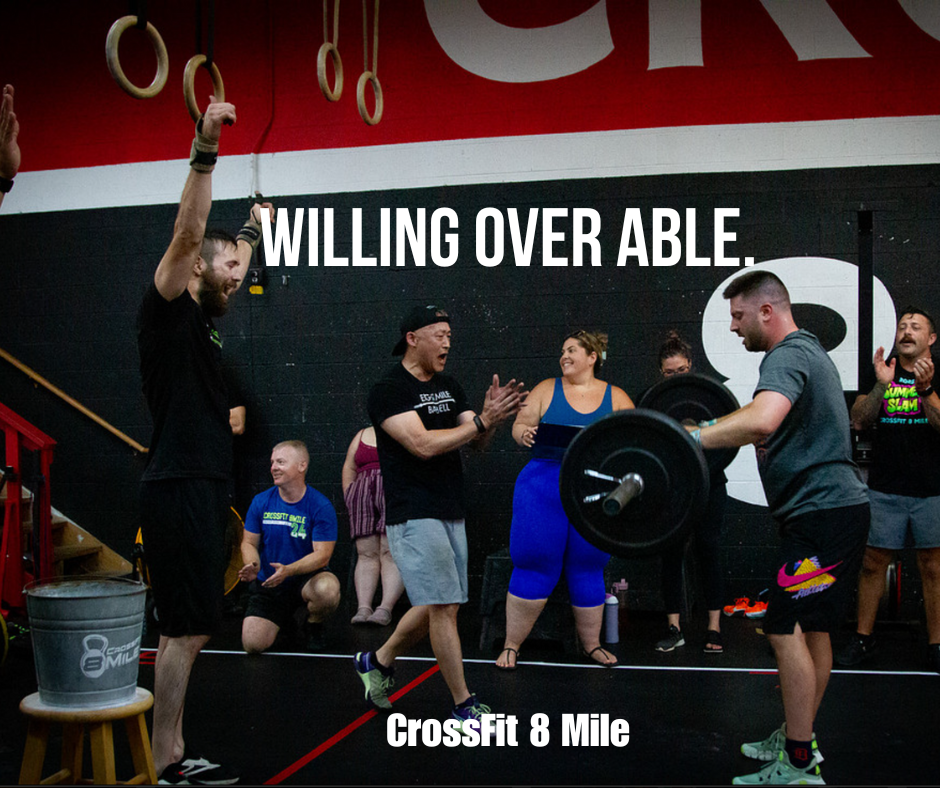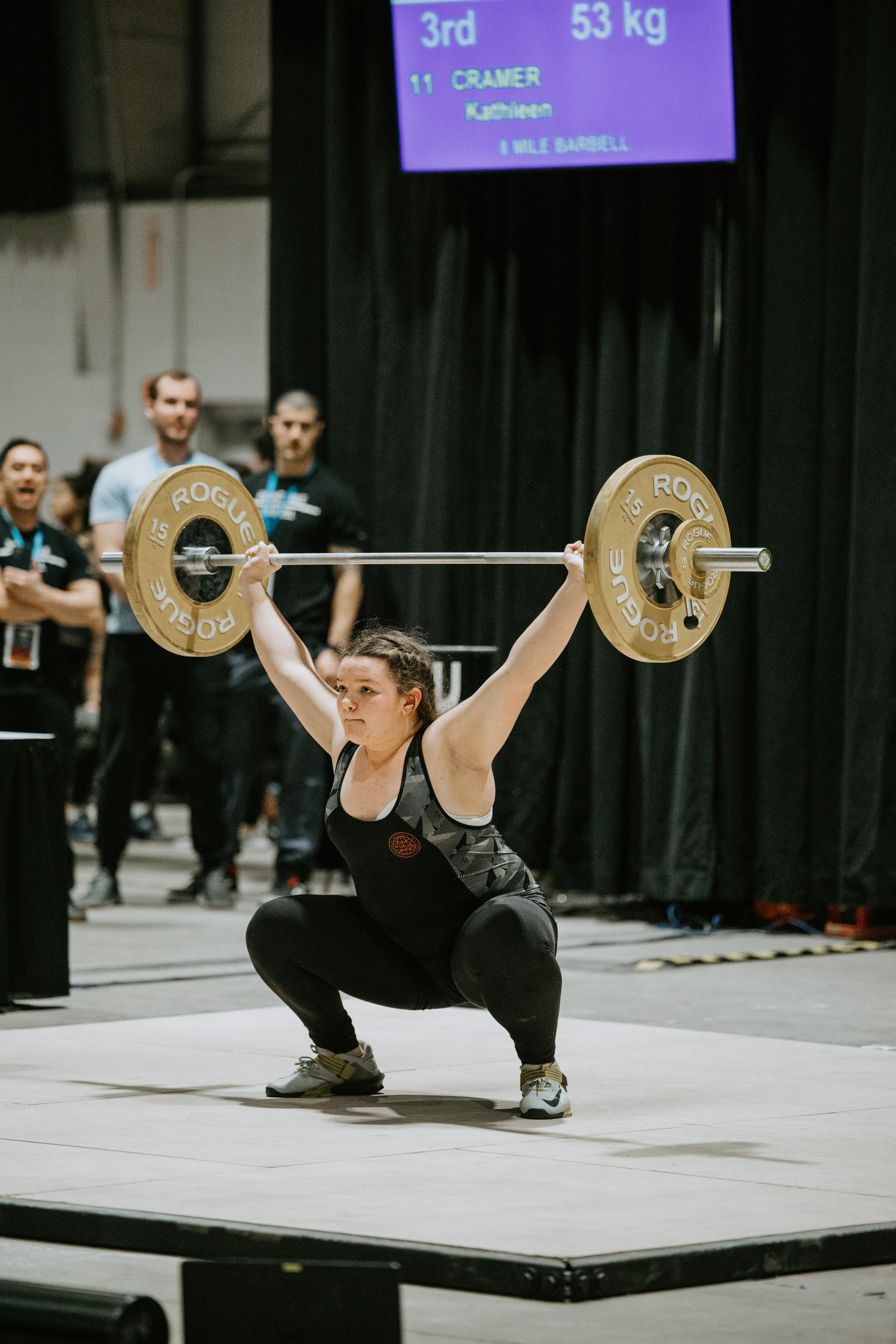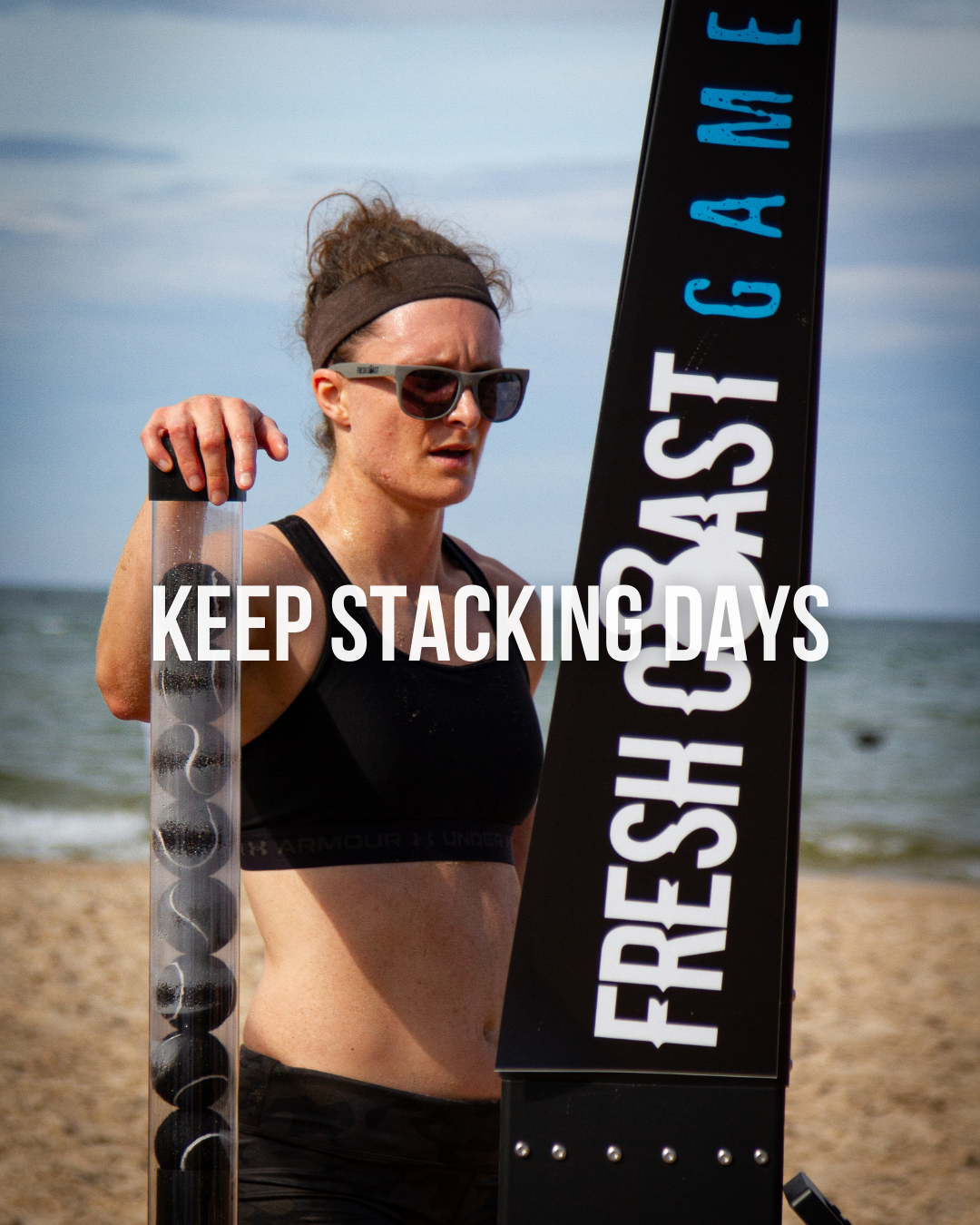

Metabolism Myths, Muscle Truths, and What Actually Works
This might be the only thing you’ll read about metabolism that isn’t trying to sell you a supplement, an app, or a cleanse made of sadness and cucumber water.
Your metabolism is just how fast your body burns through energy. Calories are fuel. You burn them whether you’re deadlifting, watching Netflix, or blinking aggressively at a group text.
When people say “boost your metabolism,” what they should be saying is: “burn more calories doing literally everything.” But most of them don’t even know what goes into that.
So here it is—the four ways you burn calories:
1. BMR – Basal Metabolic Rate
Calories your body burns just staying alive. Heart beating, organs working, lungs breathing, brain worrying about bills.
👉 BMR is your biggest calorie burner.
And it goes up with muscle mass. Period.
2. TEF – Thermic Effect of Food
Calories it takes to digest what you eat. Protein costs the most to break down, carbs the least.
👉 TEF = ~10% of what you eat, assuming you’re not living on candy and soda.
3. EAT – Exercise Activity Thermogenesis
Calories burned during deliberate, structured workouts—lifting, running, HIIT, spin, whatever.
👉 Most people overestimate this. You might burn 200–500 calories in a tough workout. That’s it.
4. NEAT – Non-Exercise Activity Thermogenesis
This is the secret weapon.
It’s everything you do that isn’t sleeping, eating, or working out: walking, cleaning, standing, pacing while you’re on the phone, fidgeting, loading gear, unloading groceries.
👉 NEAT is the most underrated and second-largest driver of daily calorie burn—especially for people who move a lot without calling it “exercise.”
The Full Daily Burn Equation:
Now that we’re being honest, here’s how your daily calorie burn actually looks:
Total Daily Energy Expenditure (TDEE) =
BMR + TEF + EAT + NEAT
Let’s plug in some numbers.
Example A:
You’ve got minimal muscle, sit a lot, and do one spin class.
- BMR = 1,000 calories
- TEF = 10% of 1,500 calories eaten = 150
- EAT = 250 calories (spin class)
- NEAT = 100 calories (mostly sedentary life)
TDEE = 1,000 + 150 + 250 + 100 = 1,500 calories burned/day
If you eat 1,800, you’re gaining weight.
Example B:
Now you’ve added muscle, lift weights 3–4x/week, and you’re on your feet more.
- BMR = 1,200 (muscle = more burn at rest)
- TEF = 10% of 1,500 = 150
- EAT = 300 (more intense lifting, some cardio)
- NEAT = 300 (standing job, walking more, fewer lazy evenings)
TDEE = 1,200 + 150 + 300 + 300 = 1,950 calories burned/day
If you still eat 1,800, now you’re losing weight without changing your food.
The Real Fix
Stop looking for a hack. You don’t need a faster metabolism—you need a stronger one.
You fix it by:
- Building muscle (so BMR goes up).
- Moving more during the day (NEAT matters a lot).
- Lifting weights (improves both BMR and EAT).
- Cutting sugar (so you’re not playing calorie roulette every time you eat).
You don’t burn fat in the gym—you burn it in the 23 hours you’re not in the gym, when your body is a higher-output machine thanks to training, real food, and staying active.
Metabolism isn’t magic. It’s mechanics.
Nick Carignan
CrossFit 8 Mile





